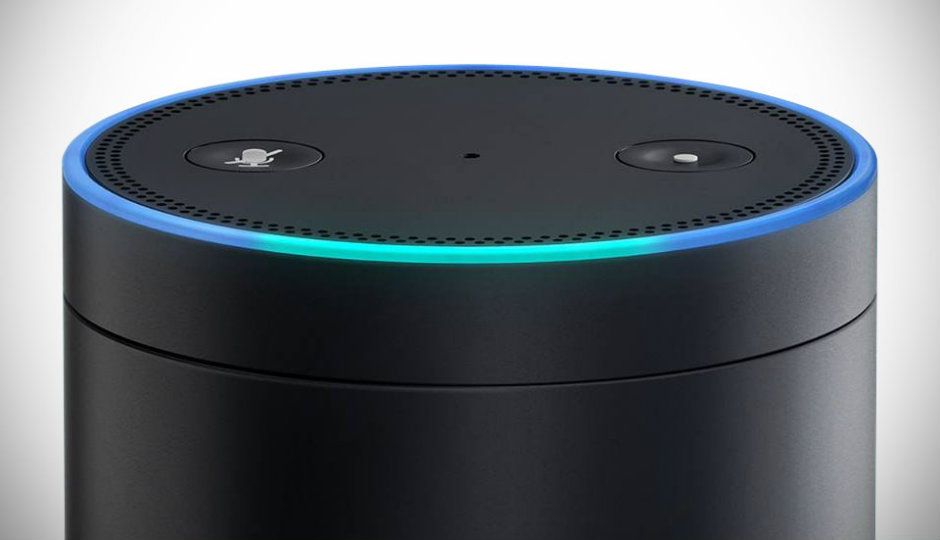Why You Should Invest in Real Time Speech Analytics Right Now?

With a growing focus on voice applications offered via Amazon Alexa, Microsoft Cortana and Google Assistant, businesses are looking for ways to engage with consumers by voice. This shift in interface provides yet another data point for brands, businesses and bot makers to track: voice activity. In the coming year, speech analytics will become an essential metric to track in order to provide the best user experience possible.
Why Use Speech Analytics?
Before we delve into speech analytics benefits, let’s first go over what speech analytics measure. Speech analytics are conversational data for voice platforms. Voice analytics is used both for businesses to streamline and optimize call centers as well as improve voice-first applications. Real time speech analytics can identify tone of voice, measure periods of silence, words used, session length, error rate and more. Together, these analytics help businesses better understand consumer behavior and identify ways that communications—from either a representative or a chatbot—can be improved.
So, why are Alexa skill analytics and other speech analytics tools so important to businesses right now? Simply put, we’re quickly headed towards a ubiquity of conversational interfaces. Google states that 20% of mobile searches are made via voice. We’re already seeing how this is affecting SEO, with 80% of voice queries resulting in Google snippets. Businesses across all industries, then, will have to understand consumer behavior using voice interfaces if they want to remain relevant.
Even more, the fast adoption of smart speakers are welcoming new consumers into the world of voice-enabled Internet of Things. As users switch to voice-first platforms, businesses will need to keep up. If you’re a business that already employs a voice application, you probably already understand how real time speech analytics is necessary to improve voice-first apps and experiences.
In addition to helping businesses stay relevant and up-to-date, speech analytics benefits also include saving them time and money. Even with new communication channels like direct messaging and voice platforms, many consumers still prefer calling businesses via phone when a problem needs solving. By using speech analytics, businesses can identify common call center problems to reduce calls and identify opportunities to train employees for better service.
Improving UX With Speech Analytics
One brand that understands the benefits of Alexa voice analytics is BabyStats. This bot—available on Alexa, Google Home, Cortana and via mobile app—enables parents to easily track baby activity via voice. Tracking stools, feeding times and more is essential (and required) medical data for new parents. BabyStats makes tracking these activities as easy and hands-free as possible.
Users suggested much of the app’s functionality. BabyStats founder Cory Wixom paid special attention to Alexa skill analytics to track all actions by each user. From there, he was able to assess which features were most popular per platform. For an app that’s available on both major voice platforms and as a mobile app, studying differences in behavior is important to providing a stellar multi-platform user experience. BabyStats’ success demonstrates the importance of Alexa voice analytics for iterating based on usage.
Using Alexa Skill Analytics to Discover New Problems
Another example of speech analytics benefits is discovering a problem that you never knew existed. When Scryb—an app that lets users send SMS messages via voice—looked for speech analytics, they hypothesized that they had an issue with bot discovery. Once their bot was no longer featured in the Alexa directory, they noticed a huge drop off in activity.
But once they compared the percentage of new users with returning ones (73% and 27%, respectively), they found that their issue sat with user retention, not discovery. From there, they could focus on where problems arose that turned users away from the voice app. The moral of the story? Don’t just take things at face value; speech analytics can help you delve deep into data to identify issues you might not have thought of before.
The Speech Analytics Benefits for Scaling Up & Troubleshooting
If you’re not using real time speech analytics, you can react to the crisis too late. Volley, the makers of voice-enabled games for Alexa and Google Home, were thankfully prepared when they ran into a scaling issue. Having employed real time speech analytics to track the back-and-forth interactions between users and their bots, they noticed a large spike in users. Catching this influx of activity early, they were able to quickly increase server limits to avoid significant stability issues.
When communicating in real time, errors can make or break the user experience. In the worst-case scenario, users might churn. What bigger wasted opportunity could there be than turning away a spike in new users with an unstable app? With Alexa skill analytics or other speech analytics, you can successfully deal with errors the moment they pop up.
Are you ready to reap the rewards of speech analytics? Improve your Alexa Skill, Google Assistant Action or other voice-first app by signing up with Botanalytics today.
